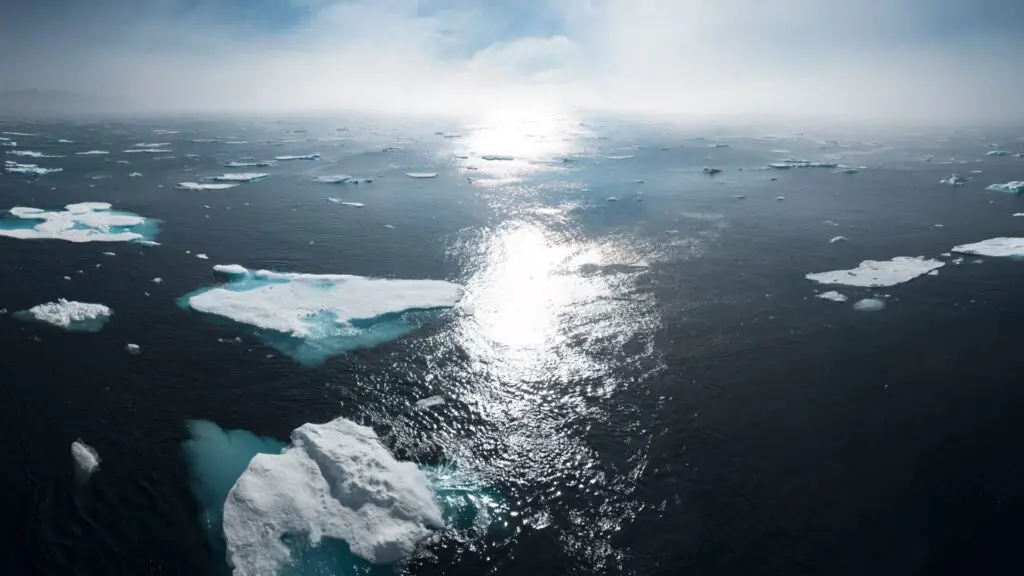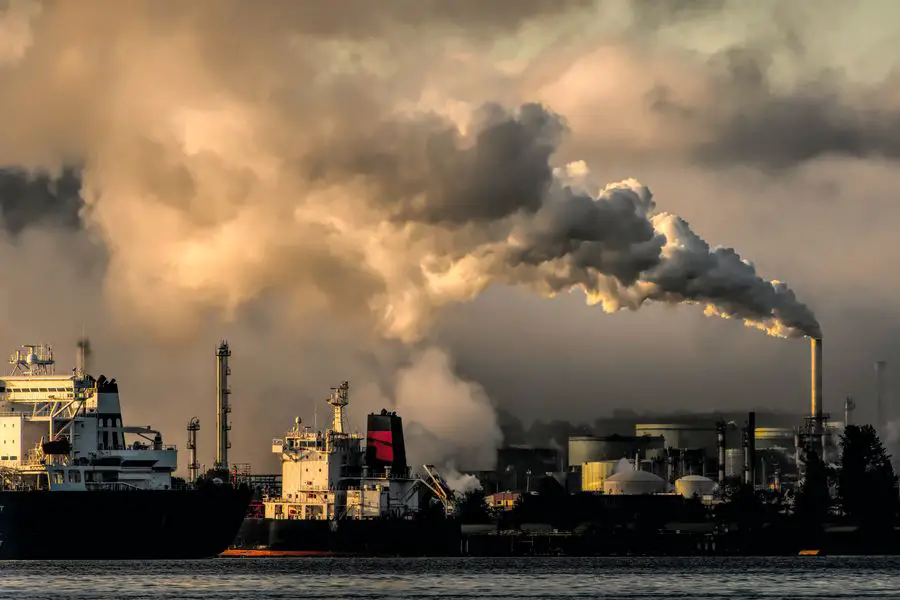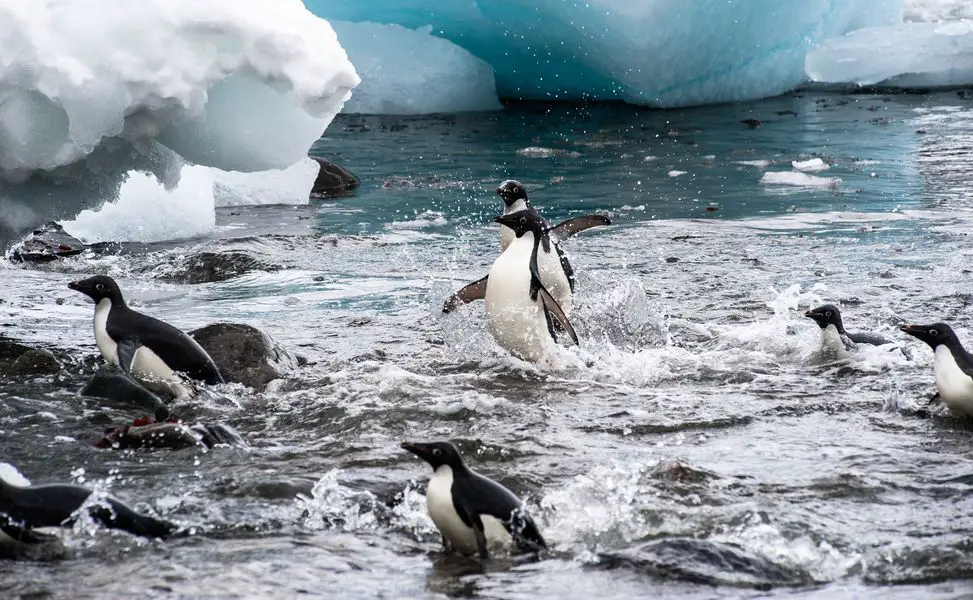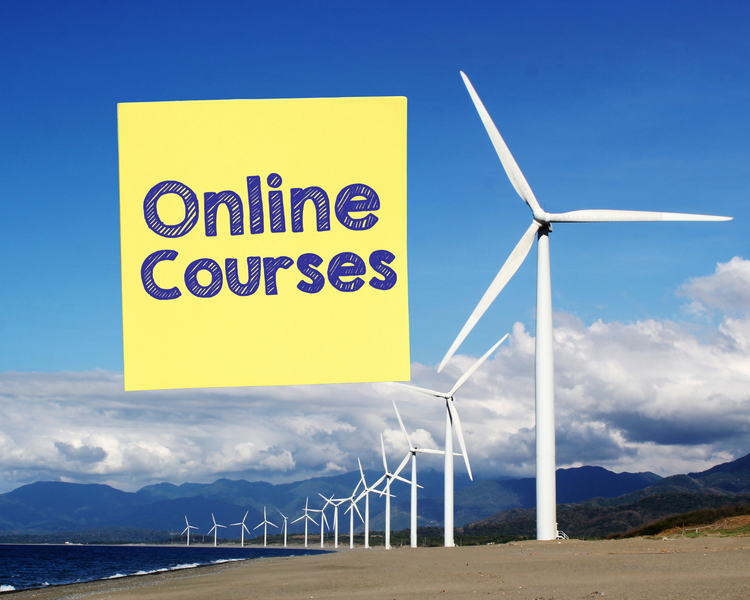Climate change and global warming are two terms often discussed in relation to environmental concerns, but what do they mean, and are they synonymous?
Put simply, global warming is a subset of climate change. Thus, they are not entirely interchangeable concepts. Global warming refers to the long-term rise in the Earth’s average temperature, whereas climate change encompasses a broader range of changes in weather patterns, precipitation, wind patterns, and other related phenomena.
Main takeaways
- Climate Change vs. Global Warming:
- Global warming is the long-term increase in Earth’s average temperature, primarily caused by human activities.
- Climate change is a broader term that includes global warming and its effects like altered weather patterns, sea level rise, and extreme weather.
- Natural and Human Causes:
- Climate change can occur naturally (e.g., volcanic eruptions and changes in solar radiation).
- Today’s rapid changes are largely driven by human actions, notably since the Industrial Revolution.
- Ocean Currents Matter:
- Ocean currents regulate global temperatures. Changes in these currents can disrupt climate systems.
- Visible Effects of Climate Change:
- Melting glaciers, rising sea levels, and changes in plant blooming patterns are clear indicators of climate change.
- Global warming contributes to an increase in the frequency of droughts, storms, and extreme weather events.
- Uneven Warming:
- The Arctic is warming at a faster rate than other parts of the world, primarily due to regional climate differences and higher concentrations of greenhouse gases.
- Urgency and Mitigation:
- Greenhouse gas levels are at their highest in 800,000 years.
- Without intervention, global temperatures could rise by 1.5°C in coming decades, worsening climate-related impacts.
- Reducing fossil fuel use and greenhouse emissions is key to slowing both global warming and climate change.

What is Climate Change?
Often used interchangeably, climate change and global warming represent different aspects of a complex environmental issue.
Global Warming and the Greenhouse Effect
Human activities primarily drive global warming and refer to the uptick in average global temperatures currently being experienced.
This aspect of climate change is a broader term that denotes long-term alterations involving significant shifts in the Earth’s weather patterns and climate.
A key driver of global warming is the surge in greenhouse gas emissions, which acts like a thick “blanket” around the Earth. When carbon dioxide (CO₂), methane (CH₄), nitrous oxide (N₂O), and water vapour accumulate in the atmosphere, they trap outgoing infrared radiation that would otherwise escape into space. This process is known as the greenhouse effect, first described in the 19ᵗʰ century by Fourier and popularised through Eunice Foote’s experiments showing that CO₂ and water vapour absorb heat.
As human activities—such as burning fossil fuels, deforestation, and intensive agriculture—have escalated since the Industrial Revolution, atmospheric concentrations of these gases have risen sharply. CO₂ levels, for instance, have surpassed 40 billion tons of annual emissions in 2023, largely from coal, oil, natural gas, cement production, and land use changes.
Methane, which is over 25 times more potent than CO₂ over a 100-year period, has also surged, primarily fed by wetlands, agriculture, and leakages in fossil fuel systems.
The enhanced greenhouse effect leads to an energy imbalance, where more solar energy is retained than lost, warming the Earth’s surface and lower atmosphere. The warming, in turn, disrupts climate systems, shifting weather patterns, altering precipitation and evaporation, melting ice sheets, raising sea levels, and increasing the intensity and frequency of extreme weather events—a hallmark of climate change.
Natural and Human-Induced Climate Change
Climate change can be triggered by natural or human-induced modifications, which can have a significant impact on human populations and the environment.
Natural climate change is marked by shifts in the Earth’s climate that aren’t caused by human activities. These changes can arise from various causes, such as volcanic eruptions, Earth orbit alterations, or solar radiation fluctuations.
A case in point is the 1815 eruption of Mount Tambora in Indonesia (formerly the Dutch East Indies). The eruption ejected a large amount of ash and gas into the atmosphere, forming a global cloud that blocked sunlight and subsequently cooled the Earth’s climate. This event precipitated what is now known as “The Year Without a Summer,” with widespread crop failure and famine.
Ocean Currents and Climate Change
Another factor contributing to climate change is the ocean’s currents, regulated by the Earth’s rotation and winds. These currents, carrying warm water towards the poles, assist in global heat distribution and nutrient dispersion essential for marine life. Any shifts in these currents can profoundly impact our climate, potentially sparking global warming or cooling.
Other Phenomena Associated with Climate Change
Beyond these, climate change is also associated with various other global phenomena. For instance, mountain glaciers are currently melting at an unprecedented rate. Should this trend continue, it could lead to a substantial rise in sea levels, with devastating consequences.
Moreover, seasonal events such as plant blooming are being affected. Scientists have noted that flowers bloom earlier in the year, while some plants aren’t blooming at all – shifts likely influenced by the changing climate.

What is Global Warming?
Global warming is a multifaceted issue, primarily referring to a sustained increase in the Earth’s average surface temperature.
However, the term typically denotes human-induced warming of the Earth’s system, which can have vast implications for the planet and its inhabitants—temperature surges result from numerous factors due to human activities and natural processes.
Impacts of Global Warming: Droughts, Storms, and Sea Level Rise
Global warming significantly contributes to the increased frequency and intensity of droughts. For instance, the Colorado River, a critical water source for over 30 million people across seven states, is experiencing decreased water levels due to diminished rainfall and snowfall.
Moreover, increased storm events in recent years can be attributed to global warming. These storms have led to billions of dollars in damages and claimed thousands of lives. As per the National Oceanic and Atmospheric Administration (NOAA), global sea levels have risen by approximately 8 inches since 1880. The primary cause of this rise is the thermal expansion of water due to warming, a direct result of global warming.
Human Activities and Global Warming
Burning fossil fuels and other processes that amplify greenhouse gas production are responsible for escalating global temperatures. Since the onset of the Industrial Revolution in the 1700s, fossil fuels have been burnt to power factories, vehicles, and homes. The issue lies in that burning fossil fuels releases greenhouse gases, such as carbon dioxide, into the atmosphere. These gases are the primary contributors to global warming, causing a slow but steady increase in the Earth’s average temperature.
Increasing Greenhouse Gas Levels and Global Warming
In 2013, the Intergovernmental Panel on Climate Change (IPCC) stated in a report that the Earth’s atmosphere’s greenhouse gas levels are at their highest in 800,000 years. These gases, including carbon dioxide (CO2), methane (CH4), and nitrous oxide (N2O), trap the Sun’s heat, preventing it from dissipating into space. The rapid rise in these gases has accelerated the warming of the Earth.
The IPCC also anticipates the Earth’s temperature will surge by 1.5 degrees Celsius within the next few decades. This increase could exacerbate wildfires, coastal flooding, and food shortages. However, by taking steps such as reducing our dependence on fossil fuels, we can prevent these dire outcomes.
The Disparity in Warming at the Poles
The effects of global warming vary across different regions. The North Pole has warmed by 1.5 degrees Celsius since preindustrial times, significantly more than the South Pole’s 0.9 degrees Celsius rise. Similarly, the Southern Hemisphere has experienced a comparatively minor increase of 0.5 degrees Celsius. This discrepancy primarily stems from the differing greenhouse gas emissions between the northern and southern poles.

Conclusion
While often used interchangeably, climate change and global warming are distinct but closely related concepts.
Global warming refers specifically to the rise in Earth’s average temperature, largely driven by human activities that increase greenhouse gas emissions.
Climate change, on the other hand, encompasses a broader set of environmental changes—including shifting weather patterns, rising sea levels, and more extreme weather events—many of which are consequences of global warming.
The difference is essential and helps address the root causes and impacts of these global challenges. Recognising their connection and taking decisive action—such as reducing fossil fuel use and adopting sustainable practices—can help mitigate future risks and protect the planet for future generations.



